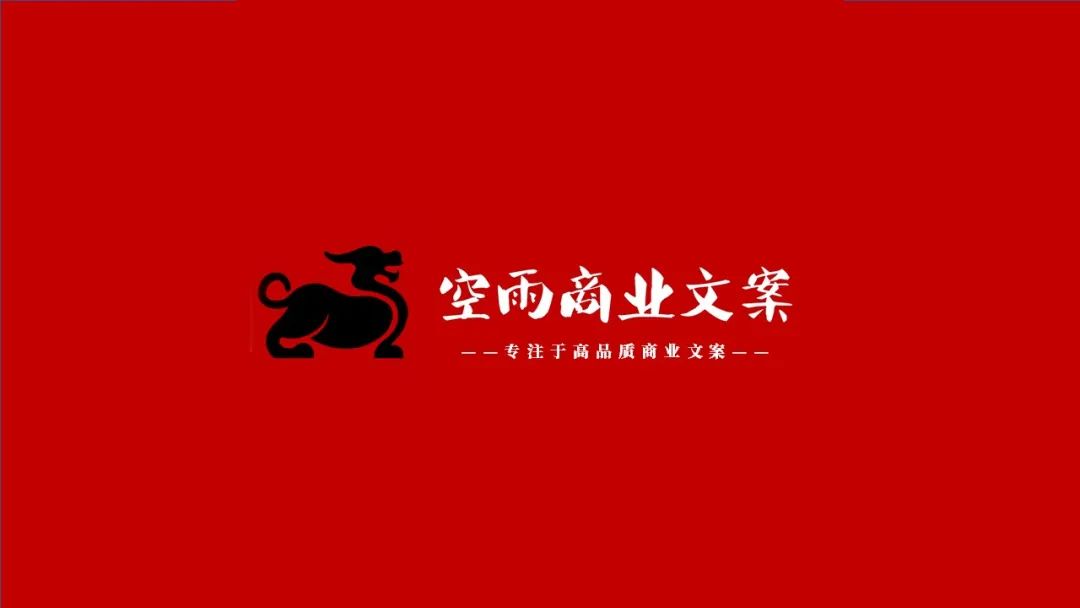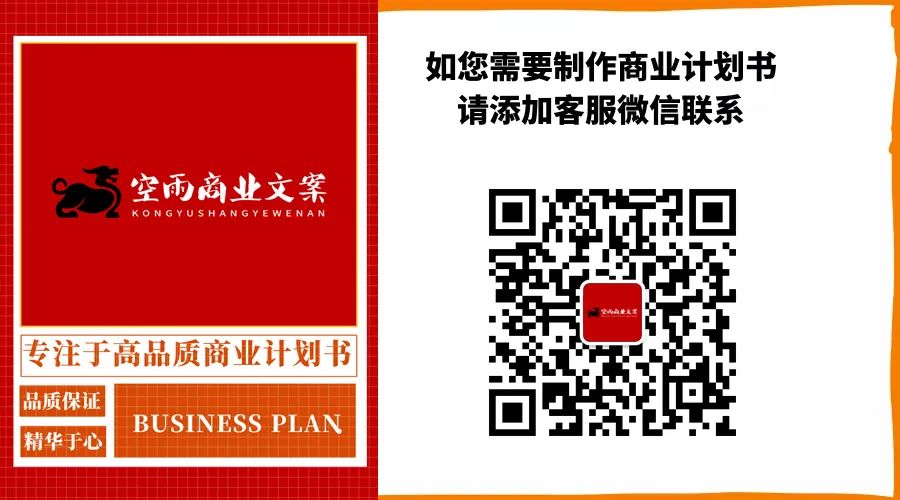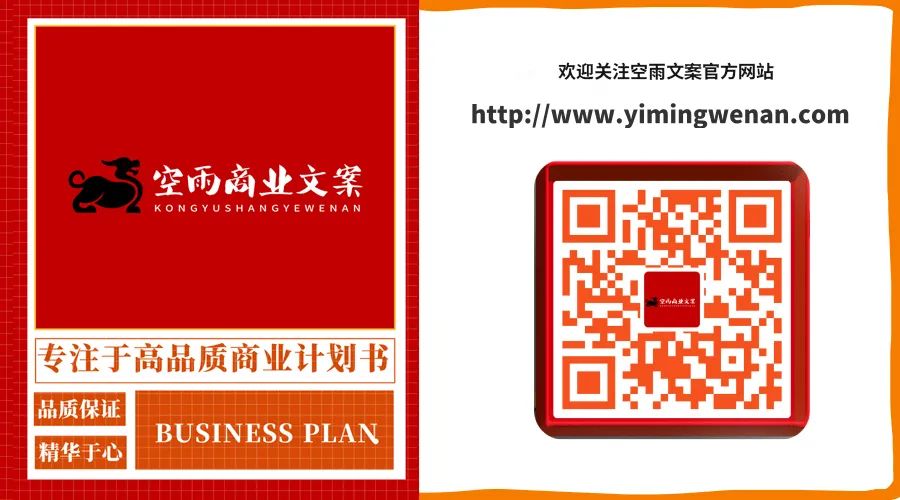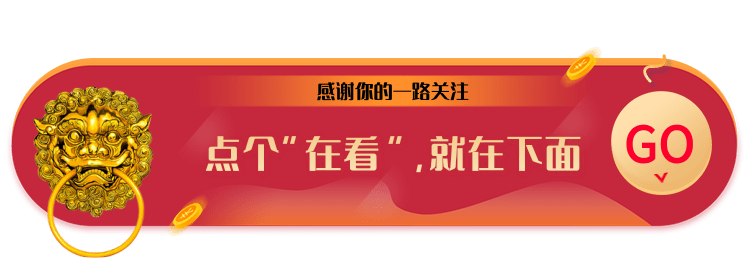

Click to Read:2025 Annual Copywriting Instructions
The Internet of Things (IoT) refers to a network that connects any object to the internet through various information sensing devices, such as Radio Frequency Identification (RFID), infrared sensors, Global Positioning Systems (GPS), and laser scanners, to exchange information and communicate according to agreed protocols, enabling intelligent recognition, positioning, tracking, monitoring, and management.
The core of the IoT lies in achieving interconnection between objects and between people and objects, enabling items to have the ability to perceive, transmit, and process information. It breaks the traditional interaction model between people and networks, allowing objects to connect to the network, thus realizing smarter and more automated application scenarios.
For example, in smart homes, IoT devices can connect to each other through the network, allowing users to remotely control appliances, adjust indoor temperatures, check home security status, etc., via a mobile APP; in the smart transportation field, IoT technology can be used for real-time monitoring and dispatching of vehicles, improving traffic efficiency and safety; in smart healthcare, IoT devices can monitor patients’ vital signs in real-time and transmit data to medical centers for analysis and diagnosis.
The development of the IoT relies on the support of sensor technology, communication technology, network technology, and data processing technology. It encompasses a complete system architecture from the bottom-level perception layer to the middle network layer and up to the application layer, making it a highly integrated and complex system.
1. A Review of the Development History of the Internet of Things
**1. Origin and Emergence Stage (1990s-2005)**
As early as the 1990s, with the popularization and development of the internet, some scientists and researchers began to explore the possibility of connecting objects to the internet. They proposed the embryonic concept of the “Internet of Things,” aiming to achieve automatic identification and tracking of items through RFID technology.
During this stage, RFID technology saw preliminary applications, primarily in logistics and supply chain management. For instance, large retail companies like Walmart began using RFID tags to track inventory and logistics processes, improving logistics efficiency and accuracy.
At the same time, some sensor technologies, such as temperature sensors and humidity sensors, were also continuously developing, starting to be applied in industrial automation to monitor and control various parameters in production processes.
**2. Initial Development Stage (2006-2010)**
2006 was a significant turning point in the development of the IoT when the International Telecommunication Union (ITU) officially released the report “ITU Internet Reports 2005: The Internet of Things,” which clarified the definition of the “Internet of Things” as “the internet of connected things.” The release of this report greatly promoted the dissemination and recognition of the IoT concept worldwide.
During this stage, IoT technology began to be applied in more fields. The smart home sector saw the emergence of some IoT-based products, such as smart thermostats and smart security systems, allowing people to experience the convenience of IoT in their lives.
In the healthcare sector, IoT technology began to be applied in telemedicine and medical device monitoring. For example, some hospitals started using IoT technology to remotely monitor the vital signs of critically ill patients, promptly detecting any abnormalities. ^^ Source: Related Industry Research Report
Additionally, in the transportation sector, IoT technology was used in Intelligent Transportation Systems (ITS), such as automatic vehicle identification and traffic flow monitoring, improving the efficiency and safety of traffic management.
**3. Rapid Development Stage (2011-2015)**
During this period, the speed of IoT technology development accelerated significantly, with various IoT technologies continuously emerging and maturing.
On one hand, Low Power Wide Area Network (LPWAN) technologies such as LoRa and NB-IoT gained widespread application. LoRa technology has unique advantages in long-distance communication for IoT devices, suitable for large-scale device connections in smart cities, smart agriculture, etc.; NB-IoT technology performs excellently in low-power, wide-coverage IoT application scenarios, such as smart metering and IoT streetlight control.
On the other hand, IoT platforms began to emerge. Major tech companies launched their IoT platforms, such as Amazon’s AWS IoT and Microsoft’s Azure IoT, which provide device management, data storage, data analysis, and other functions, offering strong support for the development and deployment of IoT applications.
In the industrial sector, the depth and breadth of IoT technology applications continued to expand, achieving comprehensive interconnection and intelligent production of industrial equipment. For example, in automotive manufacturing plants, IoT technology enabled real-time monitoring of production equipment, fault prediction, and maintenance, significantly improving production efficiency and product quality.
**4. Mature Application Stage (2016-Present)**
After 2016, the IoT entered a mature application stage. IoT technology applications became more widespread and in-depth across various fields, forming a complete IoT industry chain.
In the smart home sector, smart home products have gradually become popular, allowing consumers to remotely control various devices in their homes via mobile APPs, realizing an intelligent home life.
In the healthcare sector, IoT technology combined with mobile healthcare and health management, forming comprehensive medical IoT solutions. For example, wearable devices like smart wristbands and smartwatches have been widely used, allowing people to monitor their exercise, sleep, heart rate, and other health data in real-time and upload this data to medical IoT platforms for analysis and diagnosis by doctors.
In the transportation sector, intelligent transportation systems are continuously upgraded and improved, achieving interconnectivity between vehicles, road facilities, and traffic management centers, enhancing traffic efficiency and safety. For instance, the development of autonomous driving technology is an important application of IoT technology in transportation, enabling vehicles to perceive their surroundings and make autonomous decisions through various sensors and IoT communication technology.
In the agriculture sector, IoT technology is applied in precision agriculture, using sensors to monitor soil moisture, temperature, light, and other environmental parameters in real-time, combined with IoT control systems to achieve precise irrigation, fertilization, and other operations, improving agricultural production efficiency and product quality.
2. Future Development Trends of the Internet of Things
**1. Ubiquitous Connectivity Becomes Mainstream**
With the continuous advancement of IoT technology, true ubiquitous connectivity will be achieved in the future. From various appliances and devices in smart homes to machinery on industrial production lines and public facilities like streetlights, trash cans, and traffic lights in cities, all will be connected to the IoT network. This will greatly enhance the level of intelligence in society, creating more convenient and efficient ways of living and working.
According to market research agencies’ predictions, by 2025, the number of globally connected IoT devices will exceed 25 billion.
**2. Deep Integration of 5G Technology and IoT**
5G features high speed, low latency, and massive connectivity, perfectly meeting the high-performance requirements of IoT networks. Supported by 5G networks, IoT devices can achieve real-time and high-speed data transmission, meeting the high latency requirements of applications such as autonomous driving and industrial automation control.
For example, in autonomous vehicles, real-time reception of surrounding environmental information is necessary, and decisions must be made in a very short time. The 5G network can ensure the rapid transmission and processing of this information, ensuring driving safety. It is expected that with the widespread adoption of 5G networks, the application of IoT in industries, transportation, and healthcare will significantly increase.
**3. Widespread Application of Edge Computing**
Due to the large number and wide distribution of IoT devices, massive amounts of data need to be processed locally rather than transmitted entirely to the cloud. Edge computing brings computing and data storage closer to IoT devices, processing and analyzing data at the network edge.
This can reduce network latency, improve response speed, and also lessen reliance on network bandwidth. In scenarios with high real-time requirements, such as monitoring production processes in smart factories and real-time traffic analysis in smart transportation, edge computing will play a vital role. It is expected that by 2024, the global edge computing market size will reach $11.1 billion.
**4. Increasing Prominence of IoT Security Issues**
With the widespread connection of IoT devices, security issues have become increasingly severe. Due to the limited computing power, small storage capacity, and weak security mechanisms of IoT devices, they are often targets for hacker attacks. If IoT devices are hacked, it can lead to serious consequences such as personal privacy breaches, industrial production interruptions, and paralysis of urban infrastructure.Therefore, future IoT security will become a key aspect of industry development, necessitating enhanced research and application of security certifications, encryption technologies, and access controls for IoT devices to ensure the secure operation of IoT systems.
**5. Deepening Applications in Vertical Industries**
The application of IoT in various vertical industries will continue to deepen and refine. In healthcare, in addition to existing applications like telemedicine and medical device monitoring, new application models based on IoT, such as precision medicine and deep integration of medical IoT platforms with electronic medical record systems, will emerge; in agriculture, IoT will combine with big data and artificial intelligence to achieve intelligent decision-making in agricultural production, precise fertilization, monitoring and prevention of pests and diseases; in the energy sector, IoT can be used for monitoring and controlling smart grids, improving energy utilization efficiency, and achieving intelligent energy management.
**6. Intelligent IoT Platforms**
Future IoT platforms will be more intelligent, with capabilities for automatic learning and optimization. IoT platforms can automatically adjust device parameters and operating modes based on operating data and user habits, achieving intelligent operation and maintenance of devices. Additionally, IoT platforms will be able to conduct deep analysis of massive IoT data, uncovering the value behind the data and providing strong support for enterprise decision-making.
**7. More Complete IoT Industry Ecosystem**
With the development of IoT, various links in the industry chain will collaborate more closely, forming a complete industry ecosystem. Chip manufacturers, sensor suppliers, network operators, system integrators, application developers, and other parties will work together to promote the development of IoT. Simultaneously, the IoT industry will integrate with other emerging technology industries, such as artificial intelligence, big data, and blockchain, to jointly construct new industry ecosystems, injecting new momentum into economic and social development.
**8. Continuous Upgrading of Smart Homes**
The smart home market will continue to maintain rapid growth. Consumer demand for smart homes is no longer limited to simple device control but increasingly focuses on intelligent experiences and personalized services.
Smart home systems will place greater emphasis on integration with artificial intelligence assistants, allowing users to easily control home devices through voice commands, while the smart home system can also automatically adjust device operating modes based on users’ living habits and preferences, achieving truly intelligent living. For instance, before users return home from work, the smart home system can automatically turn on the air conditioning and adjust the lighting to create a comfortable living environment.
**9. Accelerated Development of Industrial IoT (IIoT)**
The application of industrial IoT in manufacturing will accelerate. By connecting industrial devices to the IoT network, real-time monitoring of equipment, predictive maintenance, and optimization of production processes will be achieved.
Companies can utilize the massive operational data collected by industrial IoT to conduct data analysis and modeling, predicting when equipment failures will occur and performing maintenance in advance to avoid production interruptions and losses caused by equipment failures. It is expected that by 2026, the global industrial IoT market size will reach $180 billion.
**10. Important Role of IoT in Smart City Construction**
Smart cities are one of the important application areas for IoT. IoT technology will be widely applied in various aspects of urban traffic management, public safety, environmental protection, and energy management.
In traffic management, IoT can enable intelligent control of traffic signals, real-time vehicle positioning and dispatching, alleviating traffic congestion; in public safety, IoT devices such as surveillance cameras and sensors can monitor urban safety conditions in real-time, promptly detecting anomalies; in environmental protection, IoT can be used for pollution source monitoring and waste management monitoring, improving urban environmental management levels.
In summary, the future development trends of the IoT are characterized by ubiquitous connectivity, deep integration with 5G, widespread application of edge computing, prominent security issues, deepening applications in vertical industries, intelligent platforms, a more complete industry ecosystem, upgrading smart homes, accelerated development of industrial IoT, and significant roles in smart city construction. These trends will drive the IoT industry to continue maintaining a rapid development pace in the future, bringing profound impacts on social progress and development.
About Us
Shanghai Kongyu Enterprise Consulting Management Introduction
Kongyu Copywriting 2025 Annual Production Instructions

Official Website

